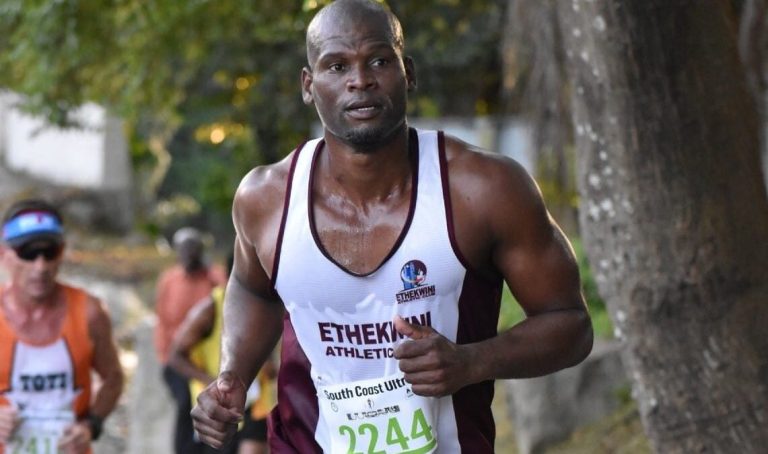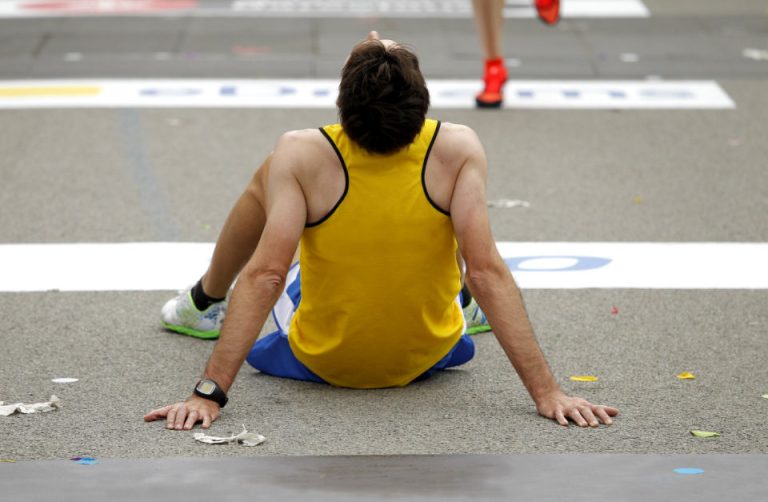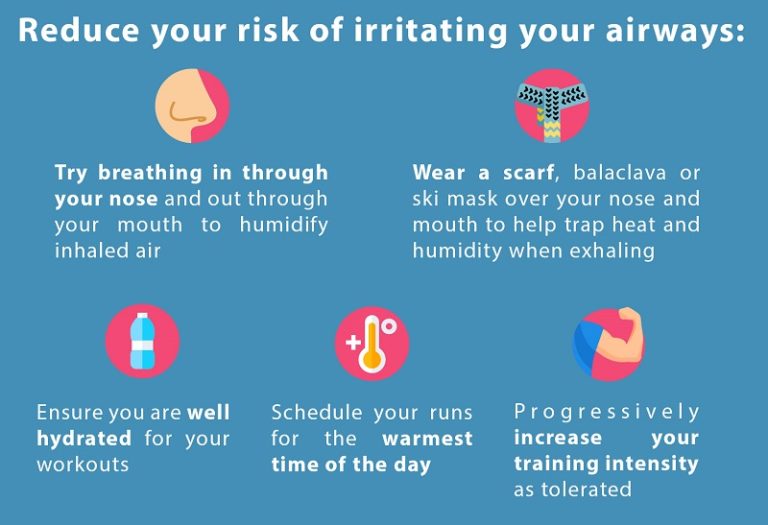Running With Bunions
Running with bunions can exacerbate pain and inflammation, affecting the efficiency and comfort of your workout. Proper footwear and form are essential to prevent worsening the condition and ensure a safe exercise routine.
Bunions are bony bumps that form on the joint at the base of the big toe, causing discomfort and restricting movement during physical activities. Running with bunions can put extra pressure on the affected area, leading to increased pain and potential injury.
Therefore, it is crucial to address the issue proactively by choosing shoes with a wide toe box, orthotic inserts, and practicing proper running techniques to alleviate discomfort and maintain an active lifestyle without worsening the condition.
What Are Bunions?
Bunions are bony bumps that develop at the base of the big toe, causing pain and discomfort. Running with bunions can be challenging, as it can exacerbate the pain and potentially lead to further complications. It is important to seek proper treatment and footwear to minimize discomfort while running.
What are Bunions? Bunions are bony bumps that form on the joint at the base of the big toe. They develop when the big toe pushes against the adjacent toe, forcing the joint of the big toe to get bigger. This results in a noticeable bump on the side of the foot, which can become swollen, red, and painful.Causes Of Bunions
Bunions can be caused by tight, narrow shoes that squeeze the toes together. They can also be hereditary, as foot shape and structure can run in families. Additionally, certain conditions such as arthritis can contribute to the development of bunions.Symptoms Of Bunions
Symptoms of bunions include pain, swelling, and redness around the big toe joint. The big toe may also turn inward, causing discomfort and difficulty with walking. In some cases, corns or calluses may develop on the bunion due to friction from footwear. In summary, bunions are bony bumps that form on the joint at the base of the big toe. Tight, narrow shoes, hereditary factors, and conditions like arthritis can contribute to their development. Symptoms include pain, swelling, redness, and potential difficulty with walking due to the inward turning of the big toe.
Credit: www.footdoctorsnj.com
Running With Bunions: Considerations
Running with bunions requires special considerations. It’s important to choose the right footwear and be mindful of any discomfort during running. Making adjustments to your running technique and seeking advice from a podiatrist can help minimize the impact of bunions while enjoying your run.
Choosing The Right Shoes
Select wide-toe box shoes to prevent rubbing and irritation.
Proper Foot Care
Apply moisturizing cream to keep the skin around the bunion soft.
Stretching And Strengthening Exercises
- Perform toe curls to strengthen the muscles supporting the bunion.
- Engage in calf stretches to alleviate pressure on the bunion.
Tips For Running With Bunions
Discover practical tips for managing bunion pain while running, such as wearing proper footwear, using orthotic inserts, and avoiding high-impact surfaces. Strengthening exercises for the feet and stretching can also help alleviate discomfort and improve your overall running experience.
Start Slow And Gradually Increase Intensity
Begin your runs at a comfortable pace and gradually build up speed to avoid aggravating bunions.
Listen to your body’s signals and take breaks when needed to prevent overexertion.
Listen To Your Body
Pay attention to pain or discomfort and adjust your running routine accordingly to prevent worsening bunions.
Rest when necessary and seek medical advice if pain persists.
Modify Your Running Technique
Experiment with different foot placements and strides to reduce pressure on bunions while running.
Consider wearing appropriate footwear with enough space for your toes to avoid friction and discomfort during runs.

Credit: marathonhandbook.com
Preventing Bunions While Running
Running is a fantastic way to stay active and healthy, but it can also put a strain on our feet, increasing the risk of developing bunions. However, by taking certain preventive measures, you can continue your running routine while minimizing the risk of developing bunions.
Wearing Orthotic Inserts
Orthotic inserts are specially designed to provide support and cushioning to the feet, helping to distribute pressure evenly and reduce the strain on the joints. When running, wearing orthotic inserts helps align the foot properly, which can prevent the development and worsening of bunions. They can be customized to fit your feet perfectly, providing optimal support and comfort while running.
Using Toe Spacers
Toe spacers can help maintain proper alignment of the toes, preventing them from crowding and causing pressure on the joints. While running, using toe spacers can help alleviate the pressure on the big toe joint and reduce the risk of developing bunions. They can also improve overall foot stability and promote healthy foot mechanics during running.
Taking Adequate Rest
Rest is crucial for preventing bunions while running, as it allows the feet to recover from the stress and strain of running. Make sure to include rest days in your running routine, giving your feet time to recuperate and preventing overuse injuries such as bunions. Adequate rest helps in reducing the risk of developing foot deformities and promoting overall foot health.
Seeking Medical Help For Bunions
Although managing bunions with home remedies and lifestyle changes can be effective, severe or persistent bunions may require medical intervention. It’s important to be aware of the signs that indicate the need for professional advice and treatment. Consulting a doctor can help alleviate the pain, prevent further complications, and improve your quality of life.
When To Consult A Doctor
If you experience any of the following, it’s advisable to seek medical help:
- Severe and persistent pain that hinders your daily activities.
- Swelling, redness, and tenderness around the bunion that does not improve with self-care.
- Difficulty in finding comfortable shoes that fit properly.
- Toe stiffness or limited range of motion.
- Visible deformity or a noticeable bump on the side of your foot.
Treatment Options For Bunions
When it comes to treating bunions, there are various options available depending on the severity of the condition. Proper diagnosis by a healthcare professional is essential to determine the most suitable treatment approach for your individual case. Here are some common treatment options:
- Lifestyle modifications: Making changes in your footwear (choosing wide and comfortable shoes) and avoiding activities that worsen the pain can provide relief.
- Orthotic devices: Shoe inserts or splints can help correct the alignment of your toes and relieve pressure on the bunion.
- Medications: Nonsteroidal anti-inflammatory drugs (NSAIDs) can reduce pain and inflammation associated with bunions.
- Physical therapy: Specific exercises can strengthen the muscles and improve flexibility, which in turn may alleviate bunion-related symptoms.
- Bunion pads: Cushions or pads placed over the bunion can provide some protection and reduce friction while wearing shoes.
- Surgical intervention: In severe cases where other treatments fail to provide relief, surgery may be considered to realign the bones, remove bony protrusions, and restore normal foot function.
Remember, it’s crucial to consult a healthcare professional to determine the most appropriate treatment plan for your specific situation. Seeking early medical help can help manage bunions effectively and prevent further complications.

Credit: confessionsofamotherrunner.com
Frequently Asked Questions For Running With Bunions
Can I Still Run If I Have Bunions?
Yes, you can still run with bunions. However, it’s important to wear proper footwear and consult with a doctor or podiatrist to prevent further discomfort.
What Are The Best Shoes For Running With Bunions?
The best shoes for running with bunions are those with wide toe boxes, good arch support, and cushioning to reduce pressure on the bunion joint. Look for shoes specifically designed for bunions or consult with a podiatrist for recommendations.
How Can I Prevent Bunions From Getting Worse While Running?
To prevent bunions from getting worse while running, it’s important to wear shoes that fit properly, use orthotic inserts for additional support, and strengthen the muscles in your feet through exercises like toe scrunches and arch lifts. It’s also advisable to avoid running on uneven surfaces or excessive mileage.
Conclusion
Incorporating proper footwear, stretching, and strength training can help ease the discomfort of running with bunions. It’s important to listen to your body and seek medical advice if pain persists. By taking these steps, you can continue to enjoy running while managing the challenges of bunions.
Remember, your health comes first.





